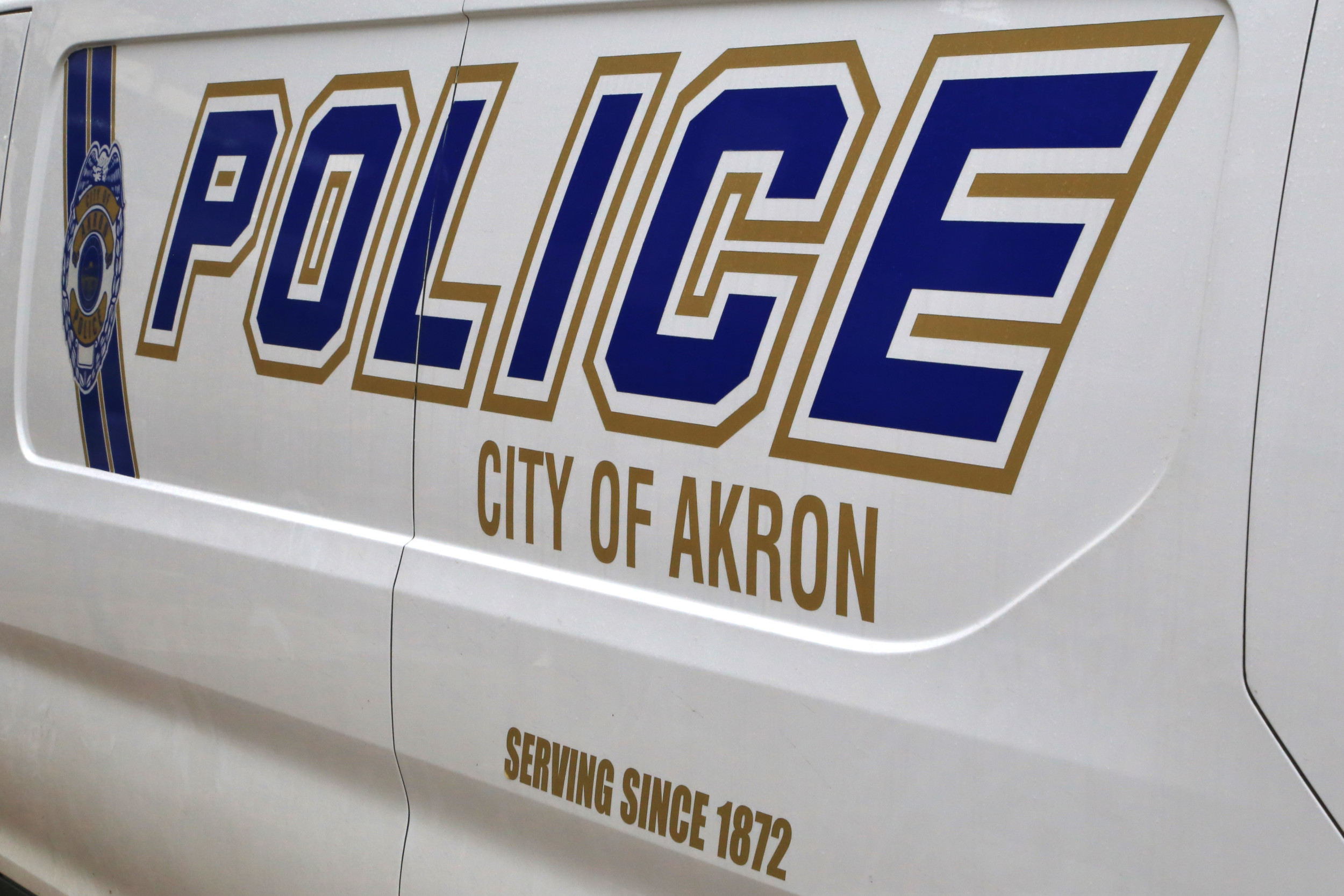New Jersey is seeking new ways to protect vulnerable areas from floods to prevent further damage.
Between 1980 and 2024, New Jersey experienced four billion-dollar flooding events, accounting for approximately 2.1 percent of the total disaster costs in that period.
This week, the state announced further funding for its Blue Acres program, which purchases and demolishes homes in flood-prone areas.
Since its inception in 1995, the Blue Acres program has acquired about 1,200 homes, primarily in riverfront communities like Cranford, which suffered severe flooding during Tropical Storm Ida in 2021.

What Is the Blue Acres Program?
Established in 1995, Blue Acres is part of the New Jersey Department of Environmental Protection's (NJDEP) efforts to enhance climate resilience across the state.
All acquisitions are completed through a voluntary application process.
The buyouts follow stringent criteria, prioritizing areas with repetitive flood losses and overburdened communities.
Democratic Governor Phil Murphy said in a January statement that it was "a priority to bolster our state's resiliency against these storms" after rainstorms struck lakes, rivers, and bays across the state.
He said plans were in place to "address the painful cycle of repairing and rebuilding flood-prone homes after every flood event."

Rebuilding Smarter After Sandy
Blue Acres recently secured $3.5 million from the NJDEP and the U.S. Department of Agriculture to acquire additional properties.
These efforts have included demolishing hundreds of homes statewide and converting the land to open green spaces, which act as natural flood buffers.
NJDEP Chief Resilience Officer Nick Angarone says buyouts are "often the only way to ensure the safety and well-being of property owners by moving them out of harm's way."
Hurricane Sandy, which caused $30 billion in damage statewide, was a catalyst for the expansion of Blue Acres.
Fawn McGee, director of the initiative, says the buyouts allow communities to recover and adapt, seeking housing where their safety is less likely to be compromised.
She told the Urban Land Institute forum that their focus is to get "families out of harm's way" while creating functional green spaces that provide long-term resilience and recreational opportunities.
Residents are compensated based on pre-flood market valuations, and relocation support is offered to homeowners and tenants. The state collaborates with municipalities to integrate the buyouts into broader community planning.

Contract Approved for Port Monmouth Barrier
In another development this week, the U.S. Army Corps of Engineers announced a nearly $62 million contract to advance the Port Monmouth storm reduction barrier in Middletown.
The project includes building floodwalls and levees, upgrading drainage systems, and integrating environmentally sustainable measures to protect local natural resources.
Middletown, located along Raritan Bay approximately 45 miles south of New York City, sustained heavy damage during Sandy.
"This project began as a promise after Sandy: to rebuild smarter, stronger, and protect our communities from climate change," said Representative Frank Pallone, a Democrat who represents the area, in a statement.
"With this final phase underway, Port Monmouth will finally have the protection it needs for the future."
This article includes reporting from The Associated Press.




















 English (US) ·
English (US) ·